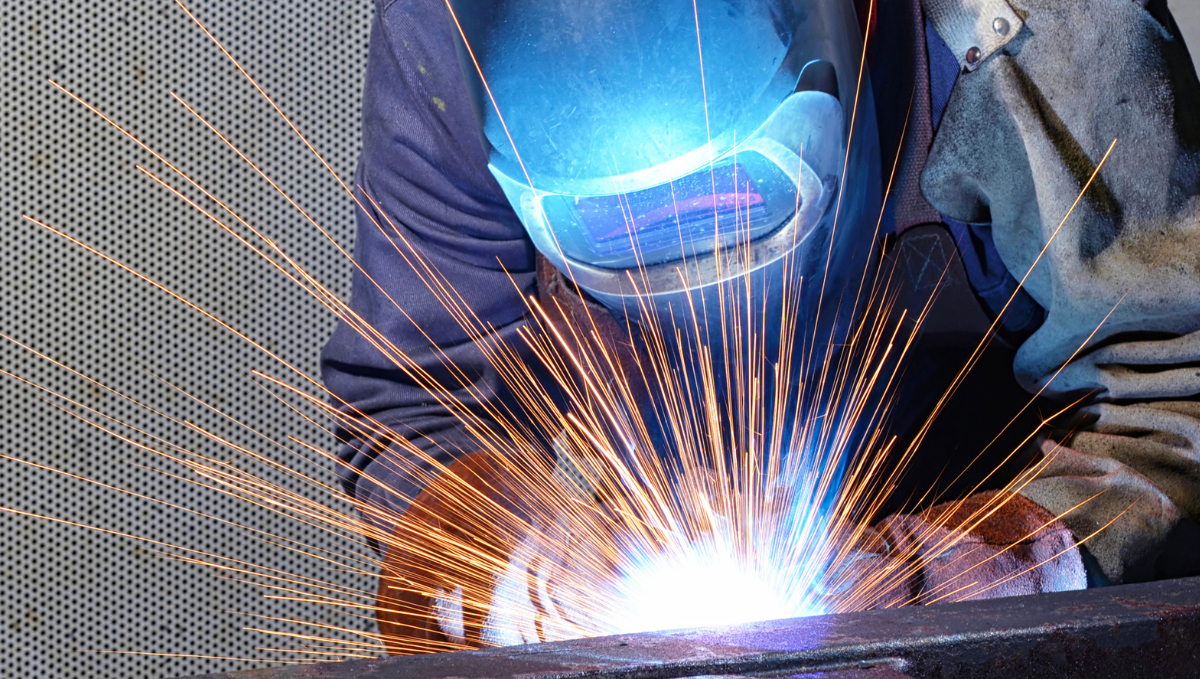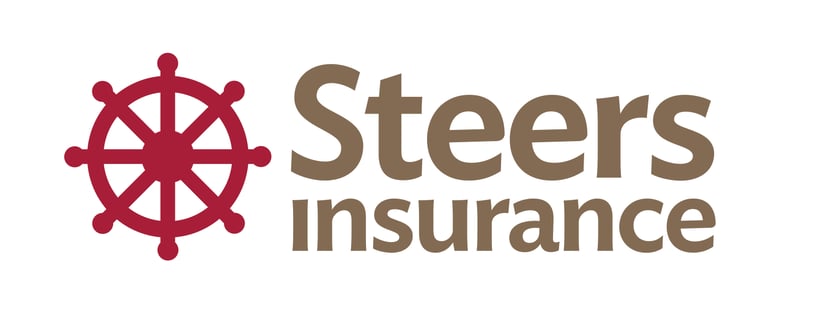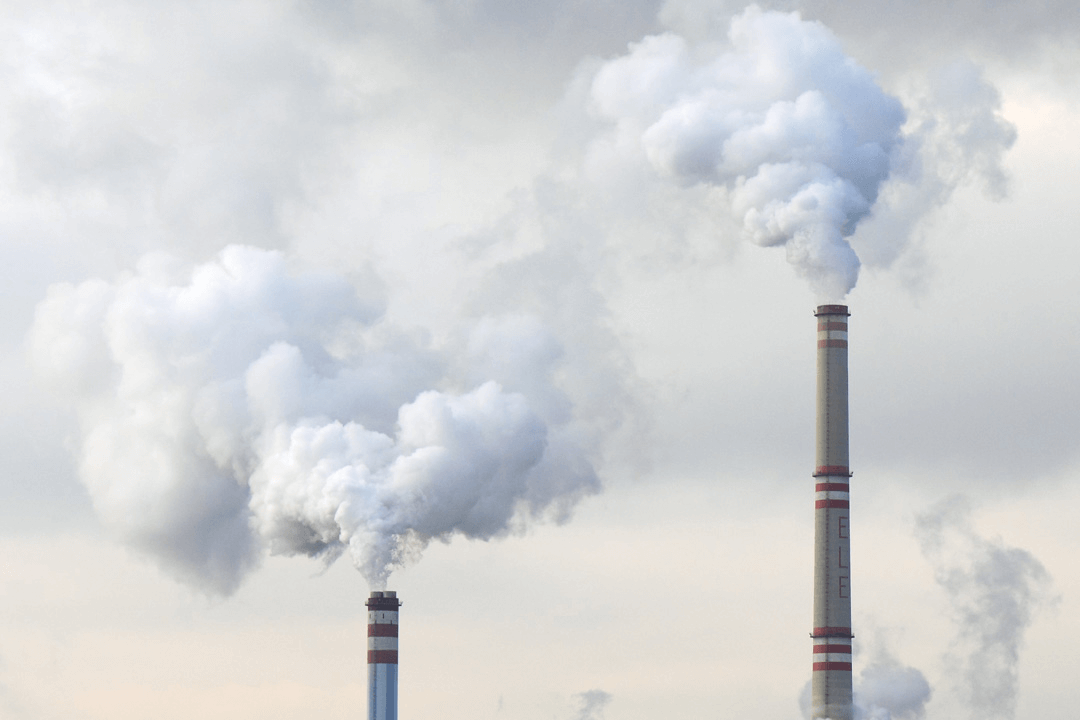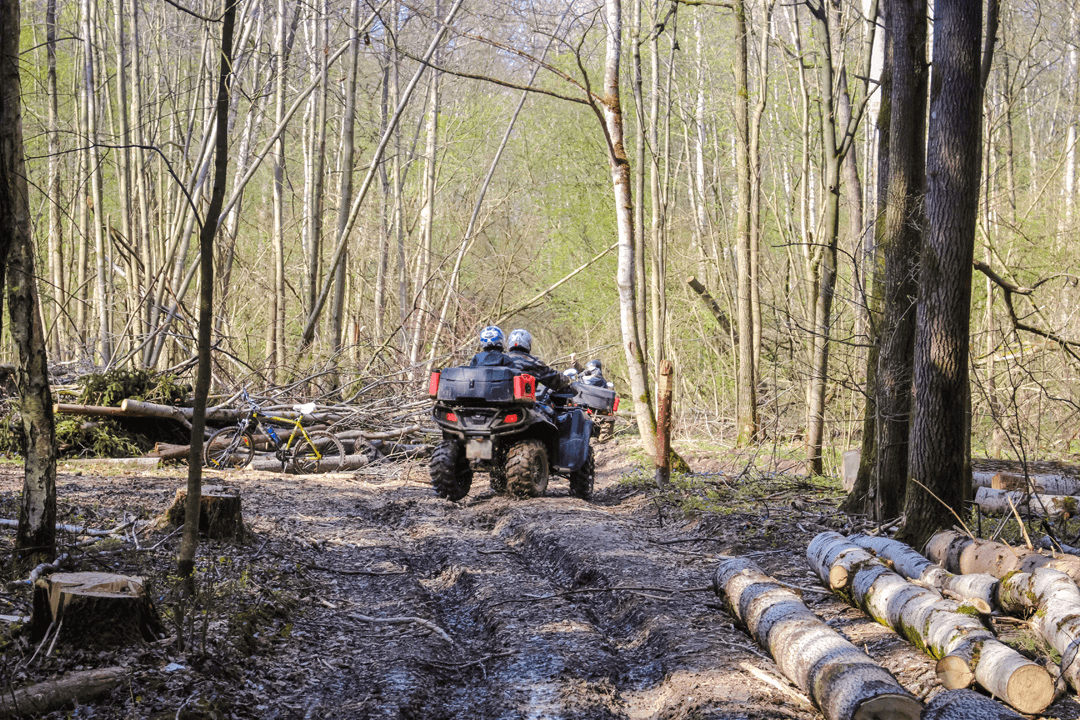
On a construction site or work site, there are a lot of moving parts, including all of the contractors, subcontractors, and tradespeople that are essential to any project. No matter what kind of trade you work in, you are critical to getting the job done. But you are also responsible if something goes wrong. Risks, exposures, and liabilities for contractors have changed over the years and could leave you unprotected if something goes wrong. Read on to find out what is essential when keeping people and workplaces safe where fire protection and hot work are concerned.
Preventing fires on the worksite
There are numerous things for contractors to keep in mind if you have a small shop or yard to keep your employees, other people, and the worksite safe:
- Ensure you have smoke and fire detection devices and portable fire extinguishers on site and that the equipment is regularly serviced and maintained.
- The yard should be illuminated with floodlights at night and enclosed with fencing.
- Keep tools, materials, equipment, or products on site away from areas where there is a heating source or where hot work is being performed.
- Consider installing a security surveillance system or hiring a watchman service for nights and weekends.
- Free space must be provided around the worksite to allow emergency vehicles to access all corners of the site.
- Combustible material should be marked clearly and stored separately.
- Packing materials, combustibles, and explosives should be stored at a safe distance from buildings and stores.
- Have a Fire Safety Plan to address your worksite hazards. Have a designated Fire Safety Manager to ensure all site housekeeping is enforced and to ensure that Fire Hazard control procedures, security and monitoring are implemented.
Guidelines for Temporary Heating
If you require the use of temporary heating, ensure that only units “listed” or “approved” by a recognized testing organization such as UL/ ULC or CSA are used. Each heater has a data plate indicating the necessary clearances to combustibles, ventilation requirements, and fuel type, and you must adhere to these specifications. Multi-purpose fire extinguishers with a minimum of a 3A 10BC rating should be provided where temporary heaters are used. Here are some safety tips for using temporary heaters: Safety tips for using temporary heaters – Northbridge Insurance
What is Hot Work and how it can be dangerous on the site?
Hot work is any process that uses or generates open flames, sparks, or heat, such as welding, cutting, or brazing. This process poses a very high fire risk and has the potential to cause major losses on job sites, as well as on the sites where hot work is carried out by contractors. In fact, hot work is one of the three most common causes of fires and material losses on insured properties.
Potential dangerous hot work scenarios include:
- Welding and cutting of metal are performed in open areas or near pits, in proximity to combustible parts, materials, or construction elements.
- Sparks and hot slag generated by hot work processes can fly, roll, bounce, and shower onto floors, ceilings, walls, and other elevated surfaces or get lodged into cracks and crevices.
- Operations such as grinding, thermal spraying, roofing membrane application (hot process), and even frozen pipe thawing are examples of risks associated with hot work.
Hot work losses often occur because of negligence, lack of or improper training, and absence of or non-adherence to strict hot work safety guidelines and protocols. All of these are linked to human error and are therefore preventable.
Managing hot work hazards on the job
If you’re a contractor who engages in hot work on the job site or at your shop, it’s important to put the necessary controls, protocols, and practices in place to minimize the risk of loss. Having this program in place will contribute to managing the risk of hot work.
Many general construction companies have a hot work management program, which establishes safety protocols aimed at identifying hot work hazards and controlling their associated risks. It typically includes policies, procedures, and the assignment of responsibilities and accountabilities for all aspects of hot work.
If you’re a subcontractor performing hot work at a client’s site, always check if they have their own hot work management program and adhere to it strictly, including any permit system in place. Obtain your client’s approval and sign-off, and then document all your procedures and actions. Survey the hot work area and, if possible, remove combustible material. If the combustible material cannot be removed, use thermal barriers to protect it. Conduct a fire watch for at least 60 minutes after finishing hot work.
The following is an article outlining Hot work Monitoring, Ventilation, and General Precautions Hot Work (constructionsafetyns.ca)
Check with your OTC Insurance Broker for any limitations in your liability coverage pertaining to hot work.
Resources
https://www.northbridgeinsurance.ca/wp-content/uploads/3808-011-contractors-quality-control-v07e.pdf
https://www.cbc.ca/news/canada/nova-scotia/insurance-polyurethane-insulation-safety-1.4676081
https://www.safeopedia.com/definition/3351/hot-work-fire-safety
https://www.cbc.ca/news/politics/canada-royal-milk-plant-safety-concerns-1.5967372


 ;
;
 ;
;
 ;
;
 ;
;
 ;
;
 ;
;
 ;
;


